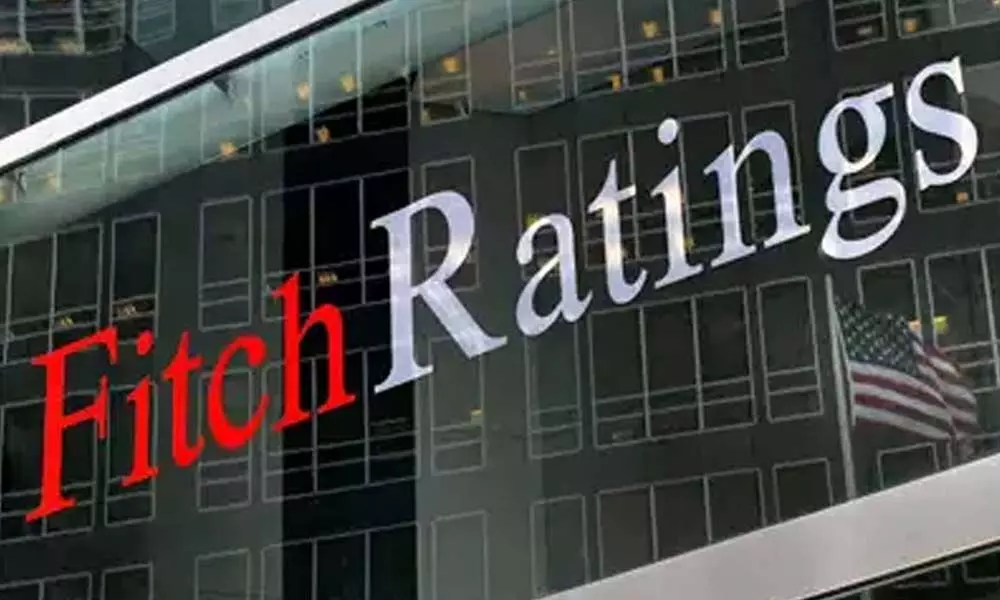India's FY22 budget has potential to lift growth
However, recent adverse court rulings have highlighted implementation challenges to these reforms besides the risk that fiscal spending could also fall short of planned levels; budget's proposed increases in import tariffs could dampen trade and economic growth, ratings agency said in a report
image for illustrative purpose

Labour market & Agri reforms that were legislated in Sept 2020 could also lift medium-term growth, says Fitch Ratings
Mumbai: India's FY22 budget has the potential to lift economic prospects, as higher expenditure will support the near-term recovery and increased infrastructure spending could boost sustainable medium-term growth rates, said Fitch Ratings.
Accordingly, the ratings agency pointed out that labour market and agricultural reforms that were legislated in September 2020 could also lift medium-term growth. However, recent adverse court rulings said Fitch Ratings have highlighted implementation challenges to these reforms besides the risk that fiscal spending could also fall short of planned levels. Furthermore, the budget's proposed increases in import tariffs could dampen trade and economic growth, ratings agency said in a report.
India's Union budget, presented on Feb 1, points to a loosening of fiscal policy to support the country's ongoing economic recovery from the pandemic and will consequently lead to a rise in public debt. "The debt to GDP trajectory is core to our sovereign rating assessment, meaning higher deficits and a slower consolidation path will make India's medium-term growth outlook take on a more critical role in our analysis," the report said. According to the report, India entered the pandemic with little fiscal headroom from a rating perspective. "Its general government debt to GDP ratio stood at 72 per cent in 2019, against a median of 42 per cent for 'BBB' rated peers."
"We revised the outlook on India's 'BBB-' rating to 'Negative, from Stable', in June 2020, partly owing to our assumptions about the impact of the pandemic on its public finance metrics."
As per the report, the budget's deficit projections for the fiscal years ending March 2022 (FY22) to FY26 are about 1pp a year above our previous estimates between, which could make it more challenging to put debt to GDP on a downward trajectory.
"We now expect public debt/GDP to rise above 90 per cent of GDP over the next five years, based on the revised budget targets and with our other previous rating assumptions remaining unchanged. However, recent reforms and policy measures, including those announced in the budget, could also influence our growth expectations and, thus, our debt trajectory forecasts."

